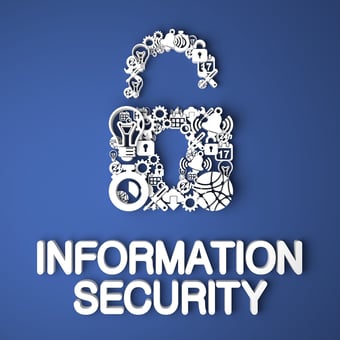Understanding the Distinctions: SOC 1 Type 1 vs. SOC 1 Type 2 Reports
When it comes to assessing the controls and processes of service organizations, SOC 1 reports play a crucial role. These reports provide valuable insights into the design and operational effectiveness of internal controls related to financial reporting. However, within the SOC 1 framework, there are two distinct report types: SOC 1 Type 1 and SOC 1 Type 2. In this blog post, we will explore the key differences between these two report types and understand their respective purposes.

What is SOC 1?
Before diving into the differences between SOC 1 Type 1 and SOC 1 Type 2, it's important to understand the concept of SOC 1. SOC stands for "System and Organization Controls," and SOC 1 specifically focuses on controls related to financial reporting. These reports are conducted by independent auditors to evaluate the effectiveness of controls at service organizations that may impact the financial statements of their clients.
SOC 1 Type 1:
SOC 1 Type 1 reports provide an evaluation of the design effectiveness of controls at a specific point in time. It focuses on the existence and suitability of the controls put in place to achieve the defined control objectives. A SOC 1 Type 1 examination involves assessing the organization's internal controls and providing an opinion on their design effectiveness. This report is useful for organizations and their stakeholders to gain an understanding of the controls in place and their potential effectiveness.
Key features of SOC 1 Type 1 reports:
- Assessment of design effectiveness: SOC 1 Type 1 reports evaluate the design of internal controls and determine whether they are suitably designed to achieve control objectives.
- Snapshot in time: These reports provide a "point-in-time" assessment, which means they reflect the controls' effectiveness at a specific moment.
- No testing of operating effectiveness: SOC 1 Type 1 reports do not include testing the operating effectiveness of controls over a specified period.
- Focus on controls' existence: The report primarily focuses on determining the presence and appropriateness of controls rather than their operational effectiveness.
SOC 1 Type 2:
In contrast to SOC 1 Type 1, SOC 1 Type 2 reports provide an assessment of both the design and operating effectiveness of controls over a defined period, typically six to twelve months. These reports offer a more comprehensive evaluation by not only assessing controls' design but also examining how well they operated over a specified period. SOC 1 Type 2 reports are often considered more valuable because they provide a longer-term view of control effectiveness.
Key features of SOC 1 Type 2 reports:
- Evaluation of both design and operating effectiveness: SOC 1 Type 2 reports assess the design and operating effectiveness of controls, providing a more comprehensive evaluation.
- Timeframe: These reports cover a defined period, usually ranging from six to twelve months, allowing for a more extensive analysis of controls over time.
- Inclusion of control testing: SOC 1 Type 2 reports involve testing the operating effectiveness of controls to determine their ongoing reliability.
- Assessment of control changes: These reports evaluate changes made to controls during the reporting period and assess their impact on control effectiveness.
Both SOC 1 Type 1 and SOC 1 Type 2 reports serve critical purposes in assessing the internal controls of service organizations related to financial reporting. While SOC 1 Type 1 reports focus on the design effectiveness of controls at a specific point in time, SOC 1 Type 2 reports provide a more comprehensive view by evaluating both the design and operating effectiveness of controls over a defined period. Understanding the differences between these report types helps organizations and their stakeholders make informed decisions regarding risk management and regulatory compliance.
